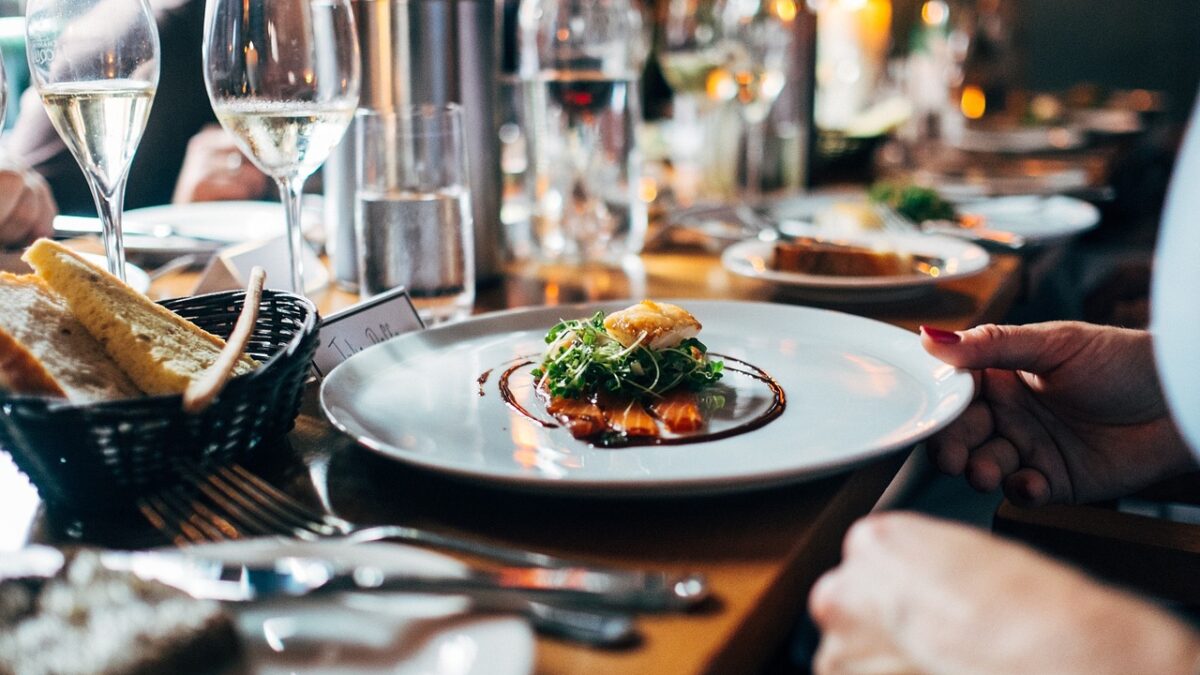Table of Contents
ToggleIntroduction
Virtual restaurants are also known as ghost restaurants and are known for working without physical locations. Ghost restaurants use ghost kitchens or dark kitchens to prepare and deliver meals using third party online apps like Uber Eats.
In this guide, you will learn how to start and build your very own virtual restaurant in the most simple and cost-effective easy.
Plan Your Concept
Like any other business idea, planning the concept is the first step to actualizing it. Create an estimated budget by researching the current costs of procuring a delivery truck, food and supplies. Prepare in advance for risks like inconsistent sales flow, cancelled orders, repairs and other back-office expenses.
Quality is paramount when it comes to food so, ensure your ideal menu has foods that you can prepare to perfection. In short, offer what you can deliver. Identify your niche and do a research on what they love to eat and drink. For example, if your target market is students, offer tasty and exciting foods that are affordable. Maximize on the target demographics that seem to have a market gap.
Optimize Delivery
Virtual restaurants solely depend on deliveries. For a virtual restaurant to be successful, delivery must be done fast and in the right way. Ensure your dark kitchen is set up with enough parking space to pack and send orders without interference. For delivery options, you can either have your own delivery truck or join online delivery platforms or both.
Procuring a truck might be expensive for a start, so you might consider starting through third-party delivery options. Choosing the right delivery partner could also be a marketing strategy as your restaurant will have increased public visibility.
Setup A Website
The first step of setting up a virtual restaurant is creating an easy-to-use website for your restaurant. Having a personalized website for your restaurant will allow you to have full ownership of the brand, unlike when you get hosted by Uber Eats and Just Eat.
You can use a WordPress website or a hosting company that will provide a proxy for your website. Once you have a domain name, you can proceed to activate e-commerce features by adding plugins for ordering and delivery to make it easy for customers.
Be careful when setting up shipping zones. Incorrectly put shipping zones might make you undercharge delivery services, cutting back on your profits. Indicate opening hours and include a tracking system for your customers to see where their orders have reached at a specific time.
Choose A Commercial Dark Kitchen
For your restaurant to be considered legal, the law requires that you prepare food in a commercial kitchen. Companies like Deliveroo dark kitchens allow entrepreneurs to rent a kitchen in their already set up and inspected premises. This is less expensive and time-saving as all quality assurance processes like premises inspection are already done.
Visit your city council office and inquire about the requirements for running virtual restaurants. You will be required to have a liability insurance policy, a business license, and a food handler certificate in most places. It is essential to have these documents for a flawless and stress-free business operation.
Also Read: How to Setup an IT Department
Build Your Brand
Now that you are almost set for business, how do you ensure you make money? Proper marketing is essential for any business, and for virtual restaurants, branding is the primary marketing move. Perception is vital, and it is necessary to tailor a brand that will appeal to your target market.
Ensure your website is colourful. Create good photos of your sample dishes to entice customers when reading the menu. The company’s logo should be eye-catching, and the website interface must be easy to navigate.
Good reviews mean a lot as most customers read reviews before settling for a restaurant. Avoid circumstances that might push a client to give a bad review, for example, poor communication, late delivery or low-quality food. Engage clients on the restaurant’s social media platforms. Timely responses to inquiries and complaints will build a good rapport for your restaurants. >
Utilize social media to your advantage. There are millions of people online on apps such as Instagram, Facebook and Tiktok. Creating a profile on these platfroms and uploading engaging content related to your restaurant will drive not only eye balls to your restaurant’s website and ultimately customers.
Conclusion
Keep in mind that starting a business does not guarantee success. Give your new restaurant enough time to stabilize and grow in the market. Check your books frequently to identify areas that need to be changed or enforced. Survey the competition to see where you can improve and you will ultimately meet success.
Related posts
Hot Topics
What is Kafka Used For: A Complete Guide
What is Kafka used for? If you’ve been diving into the world of distributed systems, microservices, or data streaming, you’ve…
How Do Password Managers Work? The Guide That Finally Makes Sense
Ever wonder how do password managers work and whether they’re actually safe? I get it. The idea of putting all…



